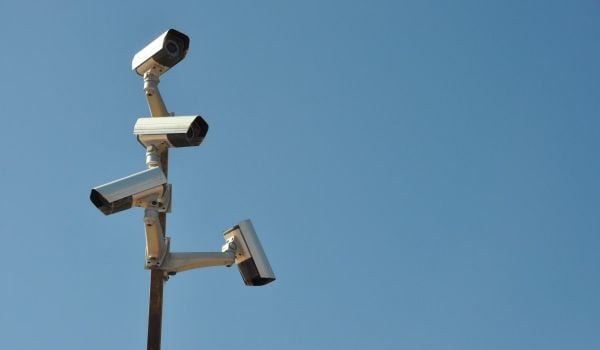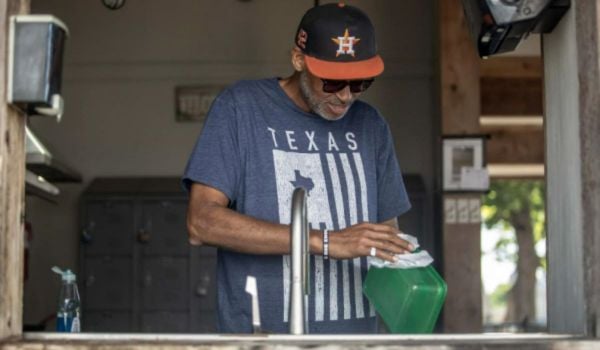At Texas Tech University College of Architecture at El Paso, professors Ersela Kripa and Stephen Mueller can see the border from their window. For the recently relocated architects, principals at the firm Agency, the view into Mexico’s Ciudad Juarez is new scenery. But for many of their students, it’s the big obstacle to their daily commute.
Founded only a few years ago, this new branch of Texas Tech came to El Paso specifically to offer architectural training for students who cannot afford to go elsewhere. In the city of 650,000, 80 percent of residents are Hispanic. These demographics result in an overwhelmingly Latino student body at a time when fewer than 2 percent of registered architects in the U.S. are Hispanic. Moreover, nearly one-third of the school’s budding designers live in Juarez.
“I’ve been in this situation since I was in seventh grade. I’ve walked the bridge daily during terrible weather and air conditions. I have stood in the two-hour lines just to get to school,” says student Cynthia Escalante of the Paso del Norte International Bridge, which connects the downtowns of these twin cities along the Rio Grande.
That sense of frustration is a typical story, and part of what inspired Kripa and Mueller to accept an unexpected offer to teach at Texas Tech. Two years ago, the duo stopped by on a research trip for their forthcoming book on security and the militarized built environment.
“We came here to understand binational security issues and how they affect urban design,” Kripa explains. It was a “serendipitous” layover that resulted in a longer-term commitment: Within five months of receiving the offer they had moved their practice to El Paso from New York. “We are fascinated by this region,” she says. “The border here is so porous — it’s more binational than the rest of the country understands.”
Eager to meet their new local community, Kripa and Mueller floated a design proposal for a temporary event space to host a Beaux Arts Ball, a nod to the masquerade ball and costume competition traditionally given by students at the National School of Fine Arts in Paris.
They had the perfect location: Currently, TTU El Paso’s architecture program is housed in a vintage train depot still used by Amtrak passengers, and sits adjacent to a former bus shelter converted into student parking. Fitted with a perforated mesh roof to allow for drainage, the structure’s design also allows hot desert sun to filter through — not so different from the scorching summer wait at Paso del Norte.
The new professors chose it to be the site of the ball and an “architecture at rush hour” project they called “Flash Installation.” With help from student volunteers last fall, they installed 256 orange-and-white traffic barrels from the ceiling in the shape of a cloud. (A company lent the barrels on the cheap provided they were returned within a day, so the canopy only stood for a 24-hour period over Halloween.)
“Traffic cones are all over town and constantly reorganizing space really cheaply and fast,” Kripa says of the choice of materials. “By creating the density of a cloud, we were able to highlight mundane infrastructure.”
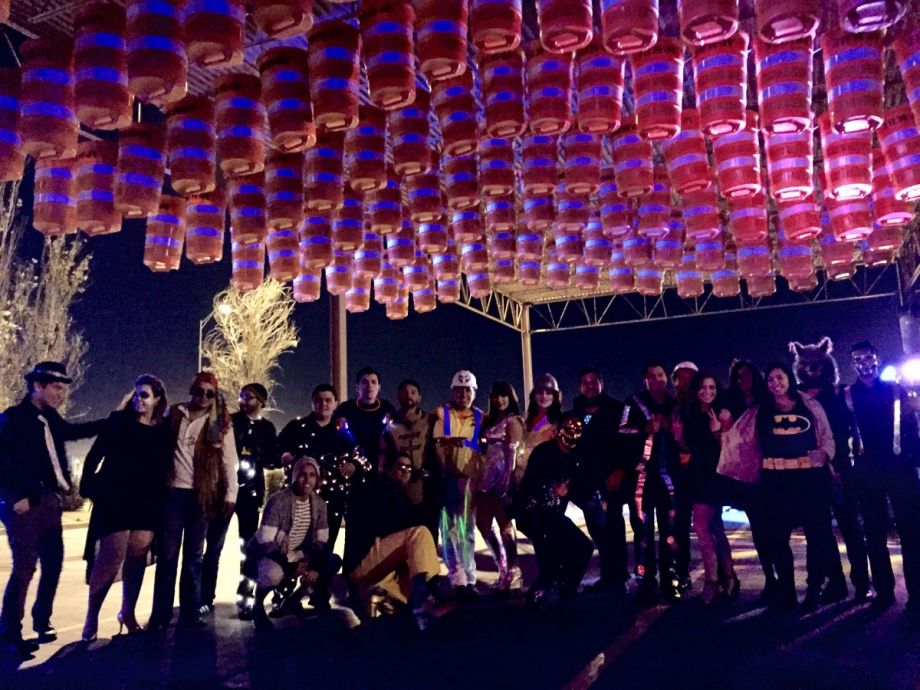
Beaux Arts Ball at the Flash Installation space
In the context of El Paso and Ciudad Juarez, mundane infrastructure is the bureaucratic force behind the increasingly militarized border that holds back economic, social and cultural integration in this binational metropolitan area of 2.7 million.
“The concept for Flash Installation revolved around the border crossing, transportation and the ‘traffic’ that it generates, in other words its consequences or impact on the user … the uncomfortable conditions of the border,” says Escalante, who volunteered on the project.
Instead of dividing, as the real border just a stone’s throw away does, the Beaux Arts Ball held during Flash Installation brought together a disparate cultural community. The conductor of El Paso Opera judged costumes. The city’s head of public art and interim director of the El Paso Museum of Art stopped by, as did representatives from the public art in public space nonprofit Amor Por Juarez. Food trucks congregated and a DJ played reggaetón and cumbia throughout the night.
“It was a 24-hour testing ground for us to get to know a community who understands space similarly,” Kripa says.
With new friends and allies, the Texas Tech professors are now setting their eyes on a bigger prize. Their upcoming summer session will hopefully implement a design intervention on the border itself. While the hotly contested U.S.-Mexico border sounds like a difficult place to get permission for so much as a single architecturally arranged traffic cone, Kripa can already cite a litany of bigwigs on their side, from the local congressman to the local military base. She shrugs off her newfound connections as the perks of her new hometown: “El Paso is really accessible that way.”

Gregory Scruggs is a Seattle-based independent journalist who writes about solutions for cities. He has covered major international forums on urbanization, climate change, and sustainable development where he has interviewed dozens of mayors and high-ranking officials in order to tell powerful stories about humanity’s urban future. He has reported at street level from more than two dozen countries on solutions to hot-button issues facing cities, from housing to transportation to civic engagement to social equity. In 2017, he won a United Nations Correspondents Association award for his coverage of global urbanization and the UN’s Habitat III summit on the future of cities. He is a member of the American Institute of Certified Planners.

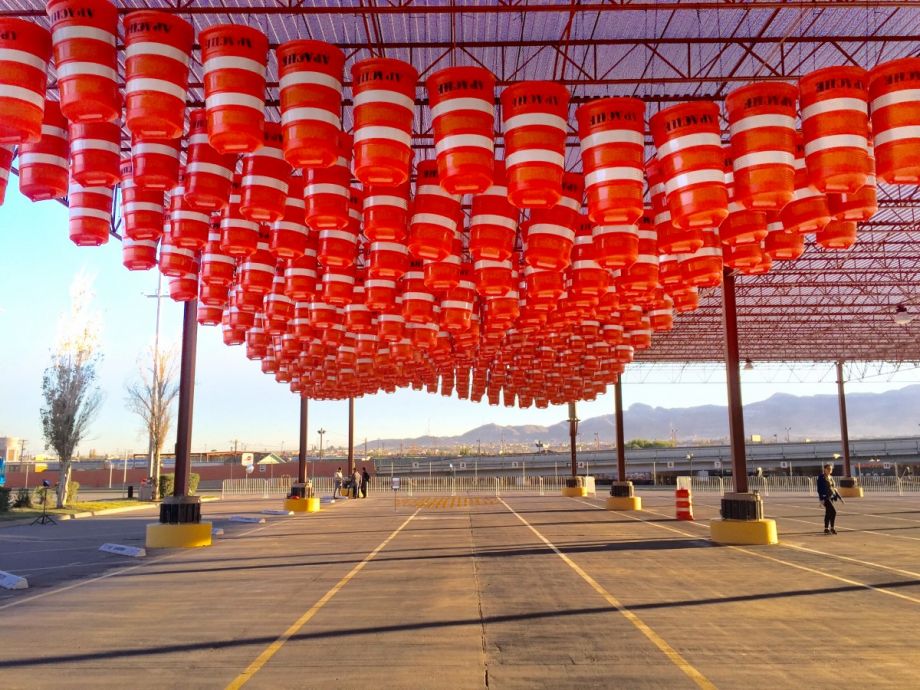
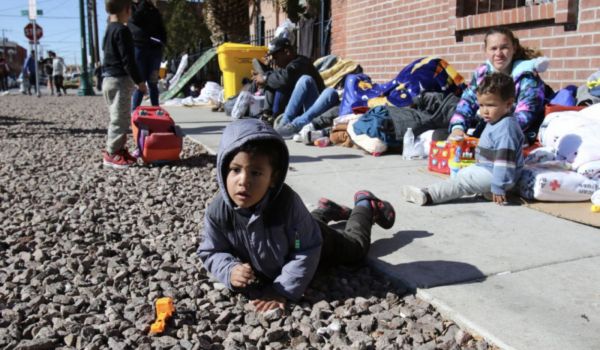
_600_350_80_s_c1.jpg)


